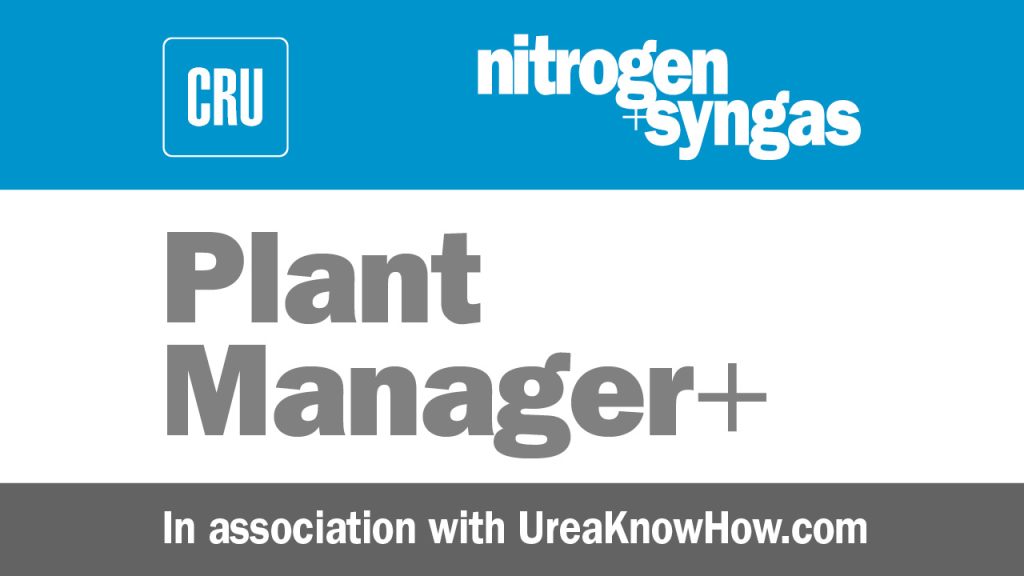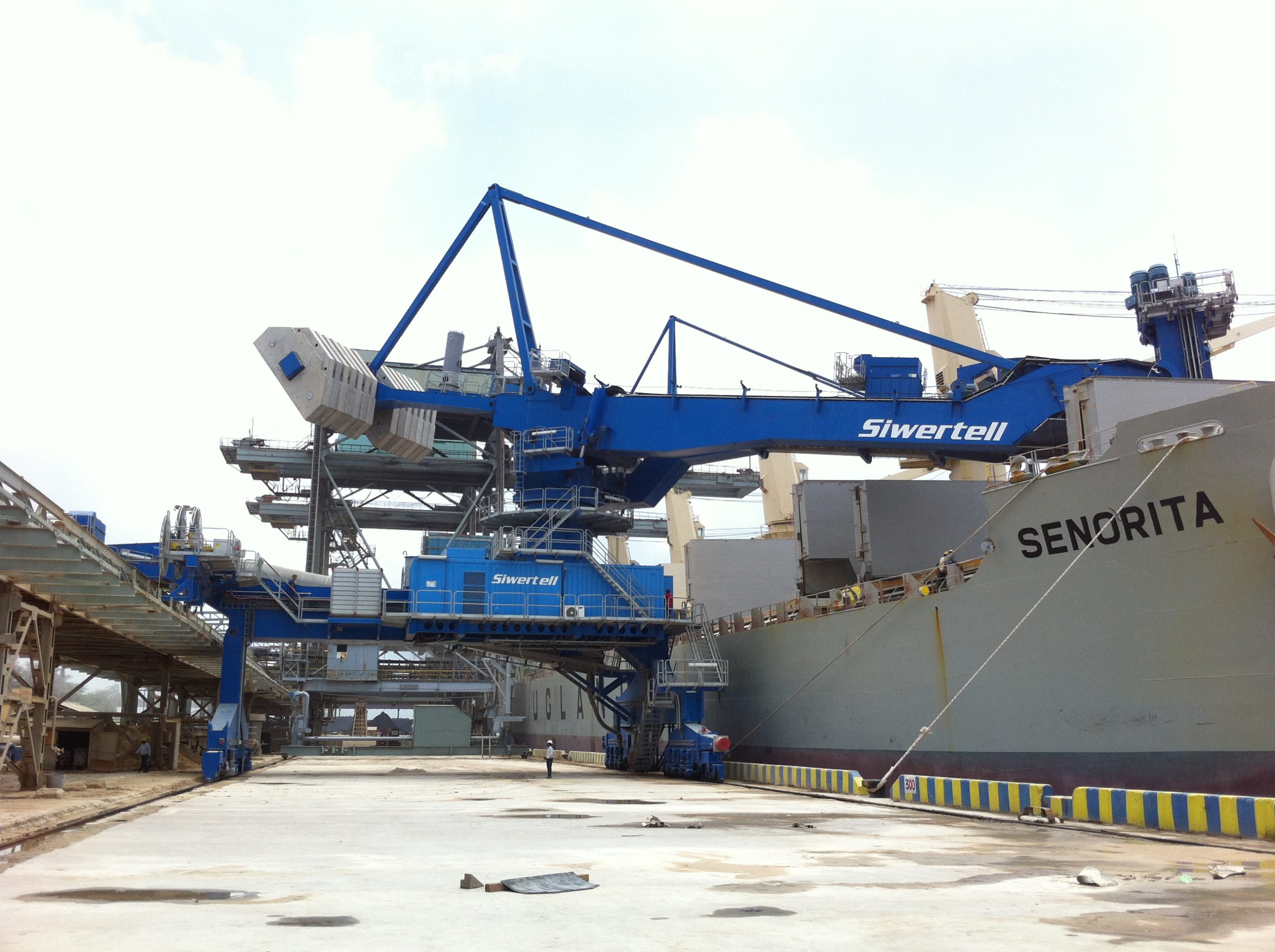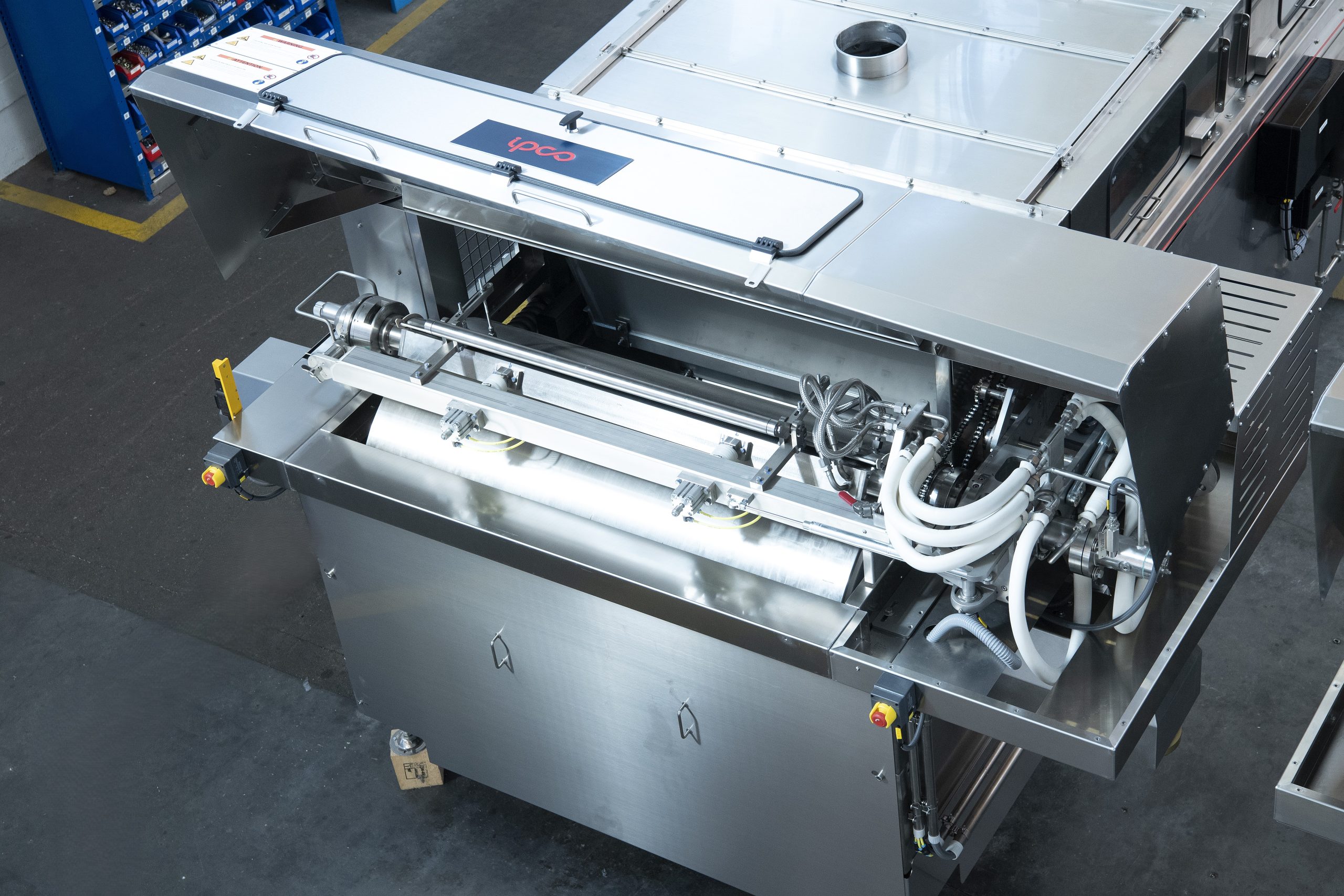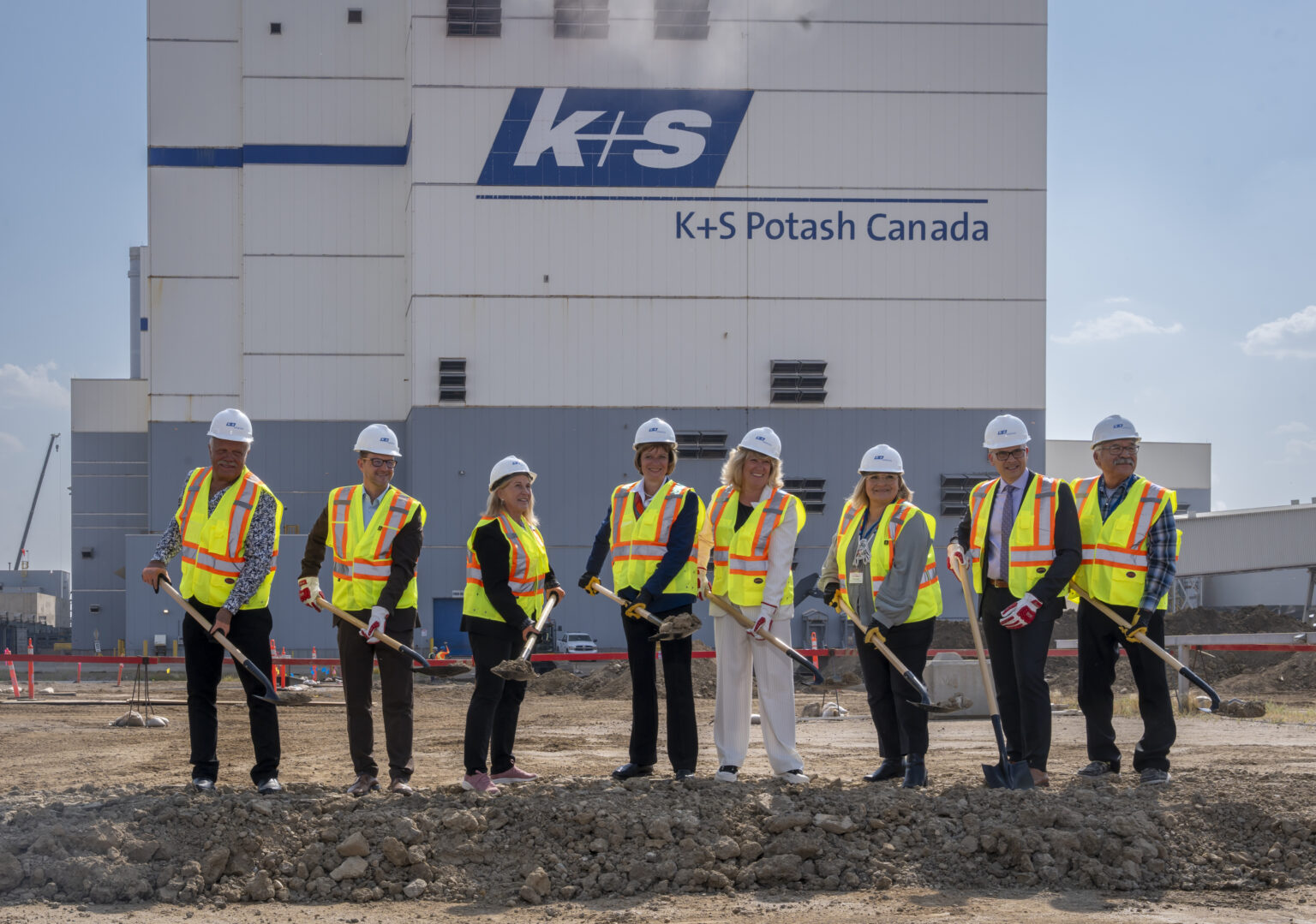Nitrogen+Syngas

31 August 2017
Problem No. 43: Increased dust content of urea granules
Dust formation in the granulator can adversely affect stream time. There are several reasons for increased dust in the fluid bed granulator. No formaldehyde or less formaldehyde injection, lower bed level in the granulator, lower concentration of urea melt to the granulator, a higher pressure in atomisation (sprayer) air and a higher pressure in the urea melt header are all factors which can play a role. This roundtable discusses increased dust level and its causes.
Fateme Ahangarani from Razi Petrochemical Company, Iran starts the discussion: These days we have a problem in our urea granulation plant and the amount of product urea dust has increased. Which parameters are important for decreasing the dust content? We try to control the concentration of urea formaldehyde at about 0.5 wt-% but the problem still persists.
Naceem Kashif from SABIC, Saudi Arabia replies: Dust can increase due to the following factors:
- high ammonia content in product;
- higher moisture content;
- higher temperature;
- low strength.
Mark Brouwer from UreaKnowHow.com, The Netherlands asks some questions: Do you see an increase in the temperature of the product granules leaving the granulation section? If yes, from what temperature to what temperature? Has the inlet urea melt concentration changed?
Majid Mohammadian from PIDEMCO, Iran shares his ideas: If the amount of dust is greater than normal check for the following items: l low content or poor quality of urea formaldehyde;
- low level in the beds;
- low concentration of urea melt feed.
Chandra Mohan from Nagarjuna Fertilizers and Chemicals Ltd, India offers some advice: You could try contacting GPIC, Kingdom of Bahrain for more details/advice. As far as I know, the GPIC granulation unit is the world’s best running unit.
Abbas Noureldeen from Petrochemicals Industries Company, Kuwait makes some suggestions: If the dust increase is in the final product, you may need to check the air flow and levels in your first and second bed coolers. When the level in the final bed cooler is high and the air flow is reduced, dust will be carried over with the final product. You need to increase the air flow a little and decrease the bed level. If the dust is high in the granulator scrubber then you need to check the temperature and urea melt concentration as it might be high.
By the way, increasing the urea formaldehyde concentration to more than 0.45 wt-% will not help much in decreasing the dust formation. Mark Brouwer from UreaKnowHow.com, The Netherlands asks for more information: When you talk about a dust problem, what do you mean? Is the fines (<1 mm) content in the product high? Are there any caking problems? Does the product show caking behaviour?
Mohammad Farooq from SABIC-SAFCO, Saudi Arabia shares his opinion on this subject: By dust we typically mean fines which are less than 1 mm in urea product. In my opinion, if the amount of fines (<1mm) increases to more than 1.5 wt-% of the product at the exit of the prilling tower and the product is to be stored there is an increased possibility of caking. Caking will start within a few days and the situation will get worse with the passage of time. However if the product is packed directly, the problem can be minimised.
Reza Keyhani from Kermanshah complex, Iran asks a new question: What is the effect of the granule temperature on this?
Jeremy Feser from Agrium, Canada asks for clarification: Are we talking about granulation or prilling?
Mark Brouwer from UreaKnowHow.com, The Netherlands replies and provides more information about drum granulation: We are talking here about fluid bed granulation. I believe you are talking about drum granulation. In a fluid bed granulation unit a high bed temperature leads to a softer product and thus more dust formation and a shorter run length.
Dusty urea product often leads to uncomfortable discussions between a urea producer and their clients. It also leads to caking and causes unpleasant and even hazardous working conditions for any employee working with such a product. Additionally, dusty urea can cause damage to crops, leading to reduced yields in the agricultural sector.
Dusty urea product is typically caused by operation parameters of the evaporation section in the urea melt plant, operation parameters of the granulation section, storage conditions and logistic procedures. In most of these cases an end-of-pipe solution is the most efficient and cost-effective solution to improve the product quality and produce premium-grade urea. The Van Bommel Dedusting Technology (VBDT) offers such a solution.
The VBDT was developed in 1992, and has been in continuous operation ever since at a modern fluid bed urea granulation plant in North America. The original VBDT design was a one-line unit with a design capacity of 200 t/h. It was capable of breaking up soft lumps with a diameter larger than 8 mm, taking out fines and broken product (90 µm-1.0 mm), and removing dust and ultra-fines (1 µm-90 µm). The design made it possible to guarantee an “on- spec” premium-grade urea granular product of between 1.0 mm and 4.0 mm at variable feed rates. The line was expanded in 1994 to 500 t/h. The VBDT has also been implemented at various DAP & MAP plants and has the option to perform cooling of the product and refresh warehouse air to improve visibility during unloading and loading operations






